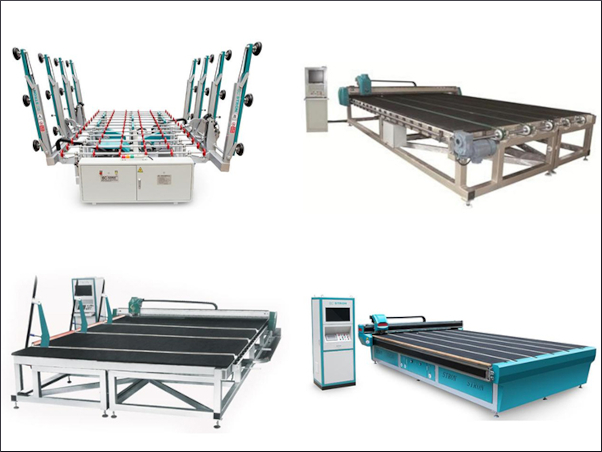Date: 16 February 2006
After the acquisitions, the Hong Kong-listed company's daily melting capacity will be more than tripled to 4,780 tons from 1,500 tons.It will operate 14 production lines after the acquisitions, up from the current three, which churn out flat glass for use in many things from cars to construction.
The deals would be done through a wholly-owned subsidiary of China Glass and a joint venture between China Glass, Legend Holdings Ltd - the parent of personal computer giant Lenovo Group - and British glassmaker Pilkington Plc, it said.
The companies to be acquired include Shaanxi Blue Star Glass, Wuhai Blue Star Glass, Weihai Blue Star Technology Industrial Park, Weihai Blue Star Glass, Zhongbo Technology, Beijing Qinchang Glass and Zhejiang University Blue Star New Materials Technology.
China Glass will finance the deals through internal cash and bank loans.
The acquisitions will also help China Glass explore more overseas marketplaces, such as the Middle East, with the help of existing networks under the acquired companies. China Glass now exports about 40 per cent of its products, mainly to South Korea.
The move comes as China's glass industry is coming to a point of consolidation and is ready for a rebound, after an industrial slowdown and oversupply squeeze a number of smaller players last year.
When the Chinese glass industry had hit bottom in 2005, the company aimed to take advantage of the fact by undertaking mergers and acquisitions. "The industry is undergoing a reshuffle, as some low efficiency and small players will be knocked out and be acquired," John Zhao, chairman of China Glass, told China Daily after announcing the deals.
The mainland's glass production witnessed a slowdown last year, with its flat glass output amounting to 175 million tons, up 15 per cent on a yearly basis. It compared to the 20 per cent growth rate in 2004. Glass demand was weak too, only increasing by 4.8 per cent year-on-year and resulting in a glut.
The profit margin for glassmakers also dropped last year due to a surge in costs and decreases in prices, squeezing a number of smaller players to the verge of bankruptcy and heralding a consolidation of the sector.
The central government's cooling-down measures on construction and property sectors were considered responsible for the market lull.
But Zhao said he expected the industry to rebound this year with demand expected to post double-digit growth, compared to last year's 4.8 per cent.









Add new comment